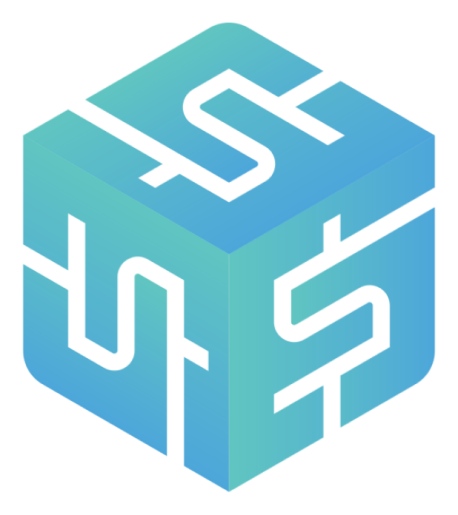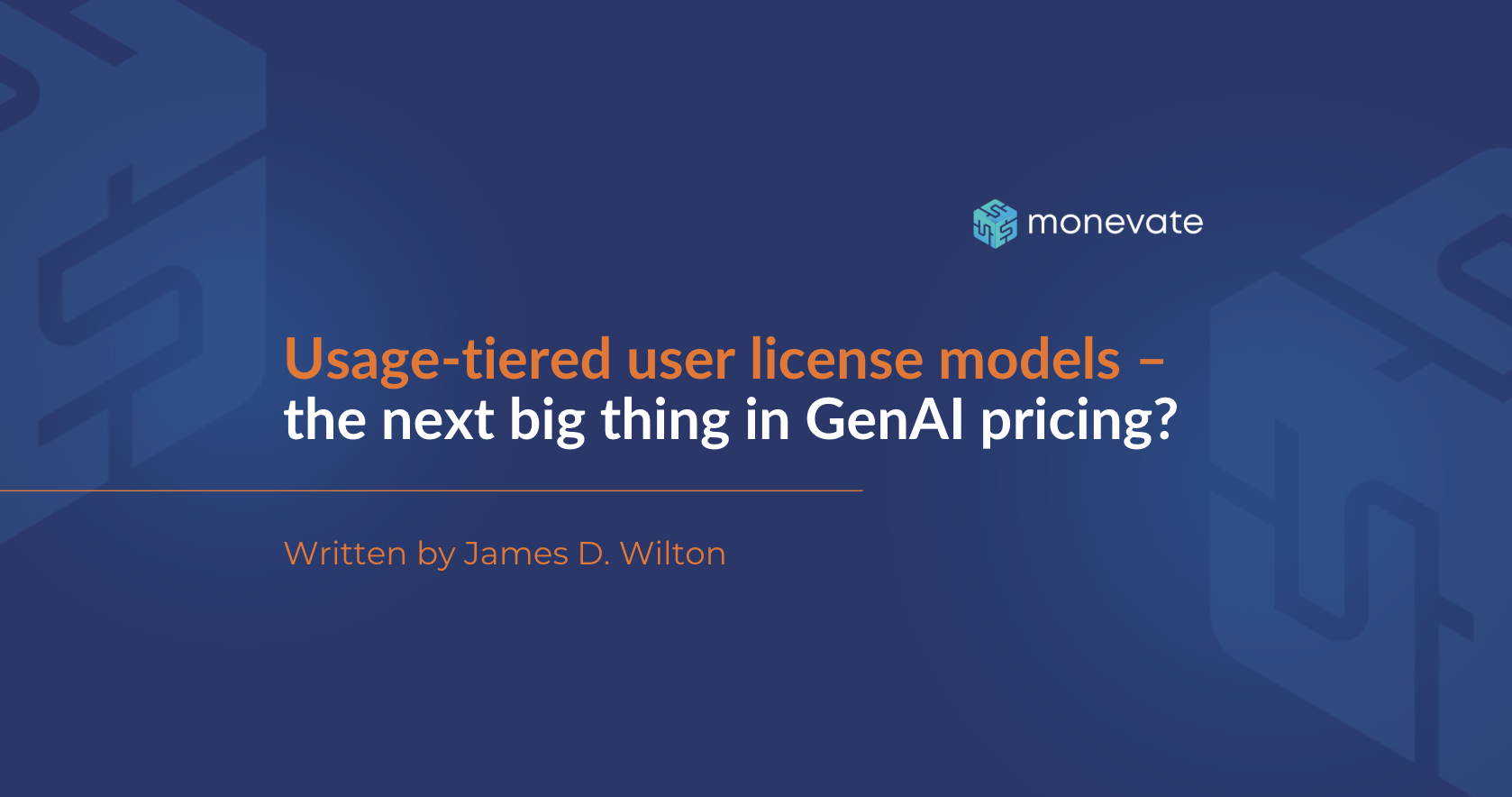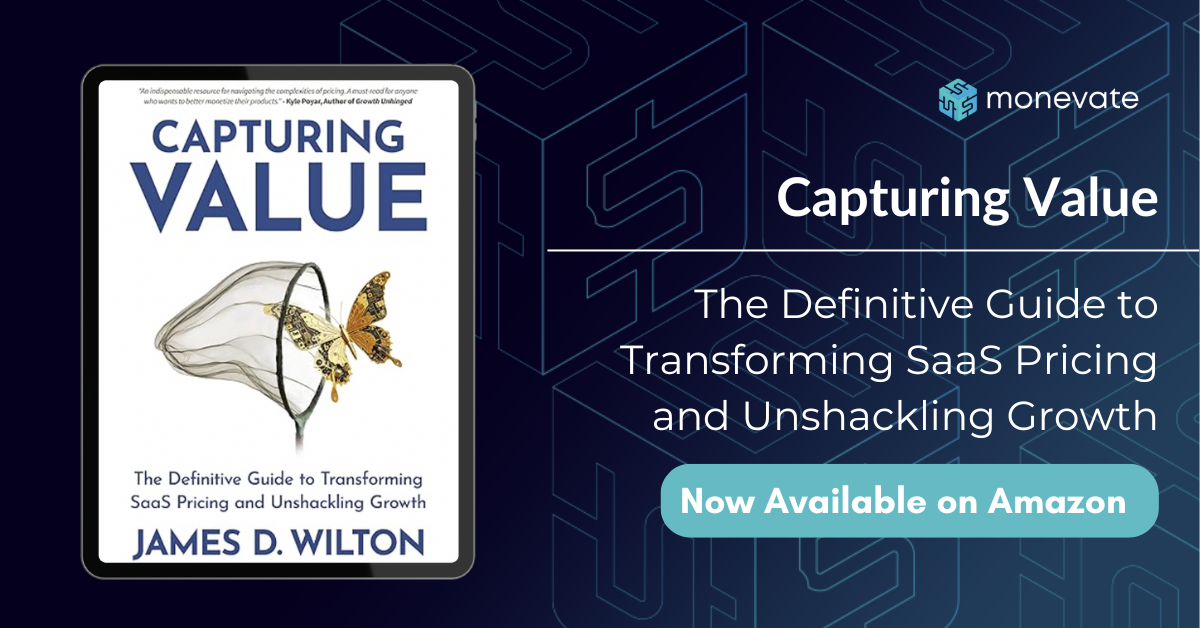Software Pricing Lessons from Business Barbie
It was truly a Barbie summer! While they may not seem related, Barbie - both movie and doll - have a lot to teach us about the world of software pricing. First launched in 1959, Barbie has captured the imagination of children across the globe for 60 years – with a spectacular resurgence this summer. Mattel, the company behind Barbie, has used several growth and pricing strategies applicable to companies beyond the consumer goods space. Here are a few lessons we think are particularly relevant to the world of software pricing today, a complex market where the right strategy can make or break a new product.
1. Value Based Pricing – Know your product’s worth!
Barbie was always designed as a premium product and Mattel priced it accordingly. They designed the doll with great attention to detail and positioned it as a high-quality product, which allowed them to employ a value-based pricing strategy where the price is set based on the perceived value in the eyes of the customers.
May software companies have found success setting prices levels based on the customer's perceived value, rather than focusing on the cost of production or anchoring too heavily on industry norms. We encourage many of our fast-growing, category-defining clients to spend time understanding how customers perceive value from their products. The way customers perceive value could be in terms of improved productivity, cost savings, improved business operations, or additional revenue.
Understanding this value allows software companies to better set and defend their premium prices in the sales process.
2. Versioning – Define packages that target different segments of your customers
The Barbie movie brought dozens of our favorite versions come to life - from President Barbie to Nobel Prize-winning Barbie. There have been countless variations of the original Barbie, with different outfits, accessories, and themes -- and their own prices. This allowed Mattel to target different segments of the market with different versions of the doll.
The way that we see this in the software world is different versions of packages (very commonly in the form of good, better, and best tiers) offered at different price points. These package options allow companies to target different types of customers, from small businesses to large corporations, with appropriate features and price points. We can expand this type of targeting through bundling, where related items or add-ons can be sold together to increase ACV. We see this frequently for larger software companies, who have multiple different products that can provide additional value to customers when they are bought together.
3. Freemium pricing – Give away the right amount of value for free
While we don't normally relate the idea of freemium or free to Barbie, freemium has been a huge part of Barbie enduring brand because it is how Barbie has entered the digital world. Beyond the doll, there is now a thriving ecosystem of Barbie mobile games monetized through subscriptions, in-app purchases, and advertising.
Freemium models offer some basic features, usage, or experience for free while charging for more advanced features or services. Freemium pricing is very common in software, in particular for companies leveraging product led growth approaches (PLG), because it allows users to rapidly get some value from the product before they commit to making purchases. When we work with clients defining their own freemium models, the most critical question is how much to give away for free to balance getting customers on the product quickly with conversion to paid.
4. Pricing for new markets – Anchor value high, but discount in the short term
While Barbie is seen as an all-American brand, Mattel has expanded her empire worldwide. To do this, the company has priced Barbies lower in some markets initially to get a foothold. It has then gradually raised prices as brand recognition and demand increases.
We see this sort of market entry pricing approach frequently with software companies looking to expand into new verticals or launch a new product. Often in these contexts, it makes sense to provide discounts up front while maintaining a higher value list price that is tied to the known value in their core markets. By discounting in the short term, these customers can attract more users quickly and gain market share. Once the offering is more established and has higher demand, the company can gradually remove the discounting to get closer to the value-based list price.
--
Software pricing and the world of Barbie might seem like entirely different universes, but so did Barbie and a movie about the nuclear bomb. Whether it's through value-based pricing, versioning, freemium, or market entry discounts, Barbie is still providing valuable lessons.













